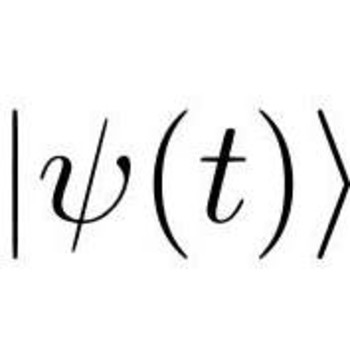Can someone help me with this kinetic energy problem?
A 0.60-kg block initially at rest on a frictionless horizontal surface is acted upon by a force of 4.0 N for a distance of 6.5 m. How much kinetic energy does the block gain?
A 0.60-kg block initially at rest on a frictionless horizontal surface is acted upon by a force of 4.0 N for a distance of 6.5 m. How much kinetic energy does the block gain?
2 Answers
Explanation:
First of all write down the formula for kinetic energy which is stated as:
Figure out the unknown in this formula. We are missing with velocity.
We are given with the distance and we know that the initial velocity of an object at rest is zero. We can find the final velocity by applying the third equation of motion.
But here, we are missing accerlation. Don't worry and thanks to Newton for providing us with the second equation of motion.
Put the values to get the value of accerlation as:
Find the final velocity as:
Finally put the values to get the kinetic energy:
OK, two steps and we’ve got it sorted.
Explanation:
Firstly, we find the work done on the block by the force, second we can state that is the same as the kinetic energy as the surface is frictionless, so no work is done against friction.
So kinetic energy =
(Often part b of the question is to find the velocity (that’s why they state the mass of the block) and as



